Ready to take your garden to the next level this summer? If so, you should consider using bone meal fertilizer.
Bone meal is a great fertilizer for several reasons. Not only is it rich in calcium, but it is also a great source of phosphorus. Here are some reasons why you should use it - as well as a simple recipe for bone meal fertilizer you can follow.Sure, you can always buy bone meal fertilizer from the store. But making your own at home is a great way to use up the bones that were leftover from your Sunday night roast chicken dinner - plus, it’s incredibly cost-effective.
Here’s what you need to know.
Bone Meal Fertilizer Recipe
Bone meal fertilizer is made out of ground-up animal bones (typically those from beef, although you could use any other kind of bones to make your bone meal fertilizer, including those from poultry and fish). It’s usually made by heating bones at high temperatures and then ground into a fine powder.
What You Need to Make Bone Meal Fertilizer
Here’s your “shopping list” as you prepare to make your own bone meal fertilizer
- Bones
- Pressure cooker
- Large storage container
- Bone scraper or knife
- Grinder
- Bleach
- Mallet
- Soil testing equipment
Note: If you don't want to make your own bone meal fertilizer, you can skip this process and buy Dr. Earth Bone Meal. It's a safe and quality option that is reasonably priced and available online and at many farm and garden supply stores. You may also consider using one of these DIY organic garden fertilizers as well to amend your garden soil.
How to Make Bone Meal Fertilizer: Instructions
1. Clean Your Bones
Start by thoroughly cleaning your bones. You’re going to need to get all the fat and meat off them. If you can, scrape them until they are sparkling clean. You can then pressure cook them for about five minutes.
2. Bake the Bones
Next, bake the bones at roughly 425 degrees. They should be fragile and dry, usually about an hour’s worth of cooking if you’re dealing with small- to medium-sized bones (larger bones may take longer). Set the bones aside and allow them to cool.
3. Crush Up and Grind the Bones
Next, you need to crush up the bones. Put them in a sack and use a rolling pin to crush them into tiny shards about one inch long. You’ll then put the bones in a blender and grind them until they produce a fine, powdery mixture. You’re ready to sprinkle the bone meal on your garden!
4. Turn Your Bone Meal Fertilizer Into a Liquid Amendment (Optional)
If you’d prefer to use a liquid amendment on your garden plants, you can easily make a liquid bone meal fertilizer, too. You’ll follow all the same steps you did above. However, when you’re done heating and crushing the pieces, you mix the meal with water in a pot over medium heat. Mix the brew until no meal settles out as sediment.
Let the mixture cool, and then you can apply the bone meal fertilizer whenever it is needed for your plants. It’s as simple as that!
Video Recipe:

Why You Should Use Bone Meal Fertilizer
Adds Phosphorus
Most of the time, people add bone meal to their soil to help supply necessary phosphorus. Bone meal contains up to 15% phosphorus and it is unique in that it comes in a form that's easy for your plants to digest. Your plants will enjoy better root and seed growth, and they’ll be less likely to have stunted growth, too.
To tell if your plants need photo hours, look at the stem coloring. The stems will be purple if they are deficient in phosphorous. COnducting a basic soil test can give you a good idea of potential deficiencies too.
Provides Calcium
Though not as important as macronutrients like nitrogen, phosphorus, and potassium, calcium is an incredibly valuable nutrient when it comes to planting growth. As you might expect, a bone meal contains tons of calcium.
There are many plants that benefit from bone meal, including fast-growers like tomatoes, peppers, and zucchinis. Calcium can prevent blossom end rot, so consider applying it to help prevent this nasty disease. It can also encourage new stem and root growth, too.
Supplements Trace Nitrogen
Bone meal contains trace amounts of nitrogen (no more than 4%). However, it can give your plants a little bit of a nitrogen boost without you causing nitrogen toxicity.
Balances Out Other Additives
If you add anything else to your soil, like garden amendments such as manure or compost, you may want to add bone meal fertilizer to help balance them out. These tend to be low in critical nutrients like phosphorus and calcium - but the bone meal isn’t!
Can Be Used in an Organic Garden
Do you pride yourself on growing an organic garden? If so, bone meal fertilizer will allow you to uphold your organic standards without compromising the health of your garden. Bone meal improves your soil structure by feeding helpful soil microbes. It fertilizes your soil without depleting it over time, which isn’t something that can be said about non-organic synthetic fertilizers.
Releases Slowly
When you add bone meal fertilizer to the soil, you probably aren’t going to see results right away. That’s because it releases slowly and takes a long time to break down. Although this might be frustrating if you want to see immediate results, the good news is that it will also stay in the soil for a long time during the growing season, too. You can apply it once without having to reapply several times throughout the growing season.
Helps Flowering Plants
Bone meal fertilizer is also incredibly valuable for flowering plants. It’s often used on ornamentals, like bulbs and roses. When you add it early on in the growing season, you’ll be rewarded with larger, more plentiful blooms later on.
Where, When, and How to Use Bone Meal Fertilizer to Boost Your Harvest
Ultimately, it's all about amending your garden soil to make a better harvest. This is one of those gardening tips that can really increase your harvest when done properly.
Where to Add Bone Meal Fertilizer
You can add bone meal fertilizer to any location in your garden. It can even be added to container-grown plants! There are some vegetables that benefit more from bone meal fertilizer than others, though.
These include plants that produce strong roots, like carrots, parsnips, garlic, and onions. Beets and radishes can also benefit.
Heavy feeders like tomatoes and peppers also appreciate the addition of bone meal fertilizer to the soil.
When to Add Bone Meal Fertilizer
Bone meal fertilizer can be applied at any time from February until November. Use it before you sow seeds, or during the growing season.
If you want to apply it when you’re preparing the soil, just make sure it's mixed well and water the soil well after adding.
If you add it later on in the growing season, you can just sprinkle it around the plants.
How to Use Bone Meal Fertilizer
Bone meal fertilizer can be added to the entire garden. Usually, you’ll want to distribute it at the rate of 10 lbs per hundred feet of soil. If you’re adding it to transplants, just add a tablespoon per planting hole.
This kind of fertilizer can be added to trees, too. Just add one pound per inch of trunk diameter when you apply it to trees that are already planted. For shrubs, mix it in with potting soil. You should add half a cup per cubic foot.
When you apply bone meal, take the extra time to mix it into the soil (instead of just top dressing it, as you might for other kinds of fertilizer, like coffee grounds). This will reduce the likelihood that your fertilizing will attract scavengers.
Once you add bone meal fertilizer to the soil, it will continue to break down for about four months, creating a consistent supply of nutrients for your plants and the microbes in the soil.
Precautions When Using Bone Meal Fertilizer
There are very few reasons not to use bone meal fertilizer in your garden. It’s close to being the perfect soil amendment - although there are a few things you will want to keep in mind.
For starters, not all soil types will benefit from bone meal fertilizer. You should only add it if your soil pH is lower than 7.0. Be sure you test your soil before adding any kind of fertilizer, bone meal fertilizer included, to make sure you aren’t oversupplying certain nutrients.
You also need to be careful about using bone meal fertilizer around kids and pets. It’s mostly safe, but dogs, in particular, are at risk when they ingest bone meal. They’re attracted to it with its rich, meaty scent, but if they eat too much, it can make a cement-like knot in the stomach that requires surgery to remove.
Therefore, when you add bone meal fertilizer to the soil, make sure you blend it in thoroughly so nobody gets sick. This is important to remember along with these other things to never do in your garden.
Otherwise, adding bone meal fertilizer to your garden is a smart choice. You can enjoy all of the benefits of growing an organic garden - at very little added expense to you.

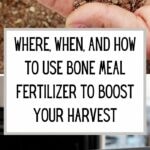
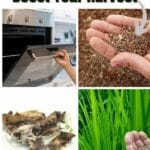
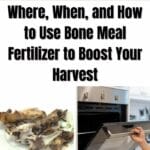
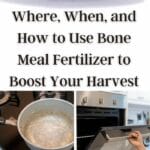
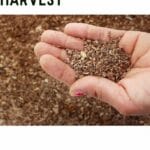
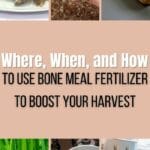
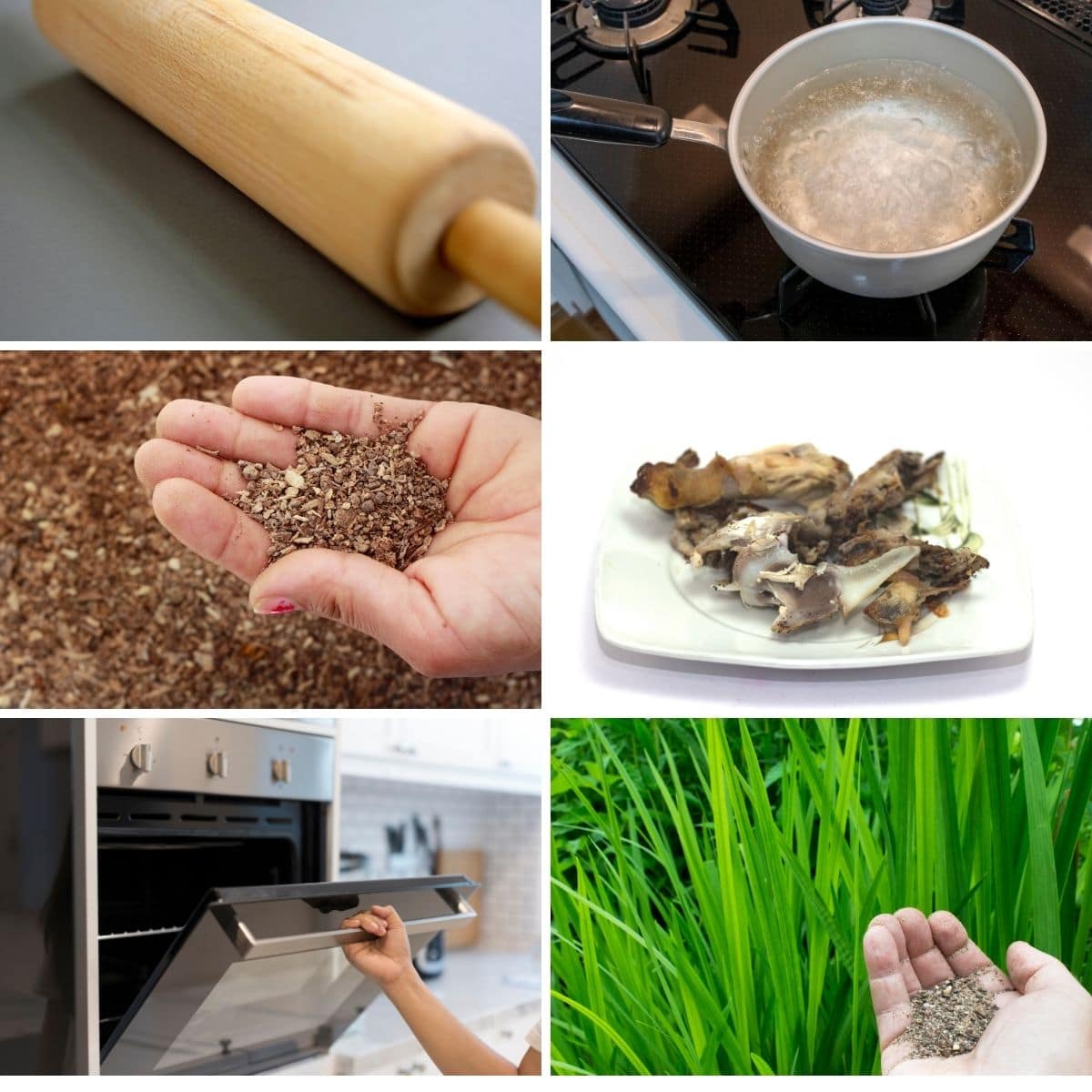
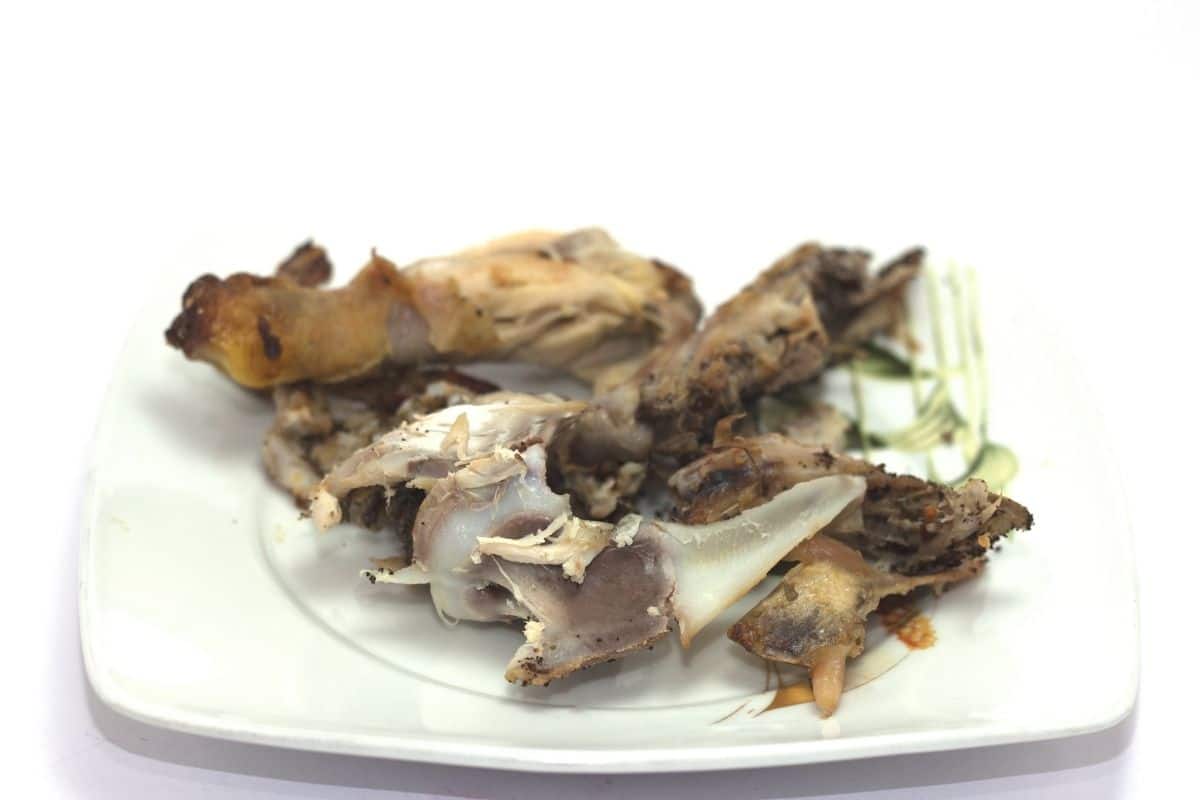
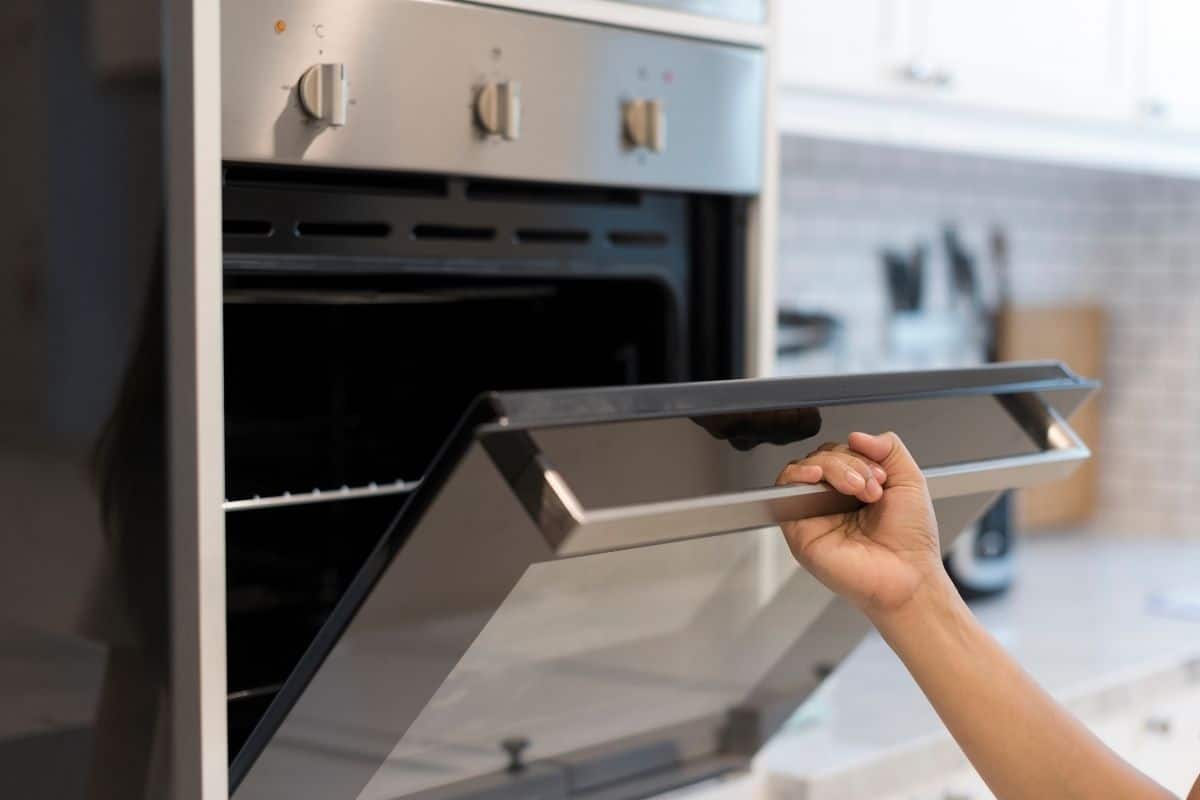
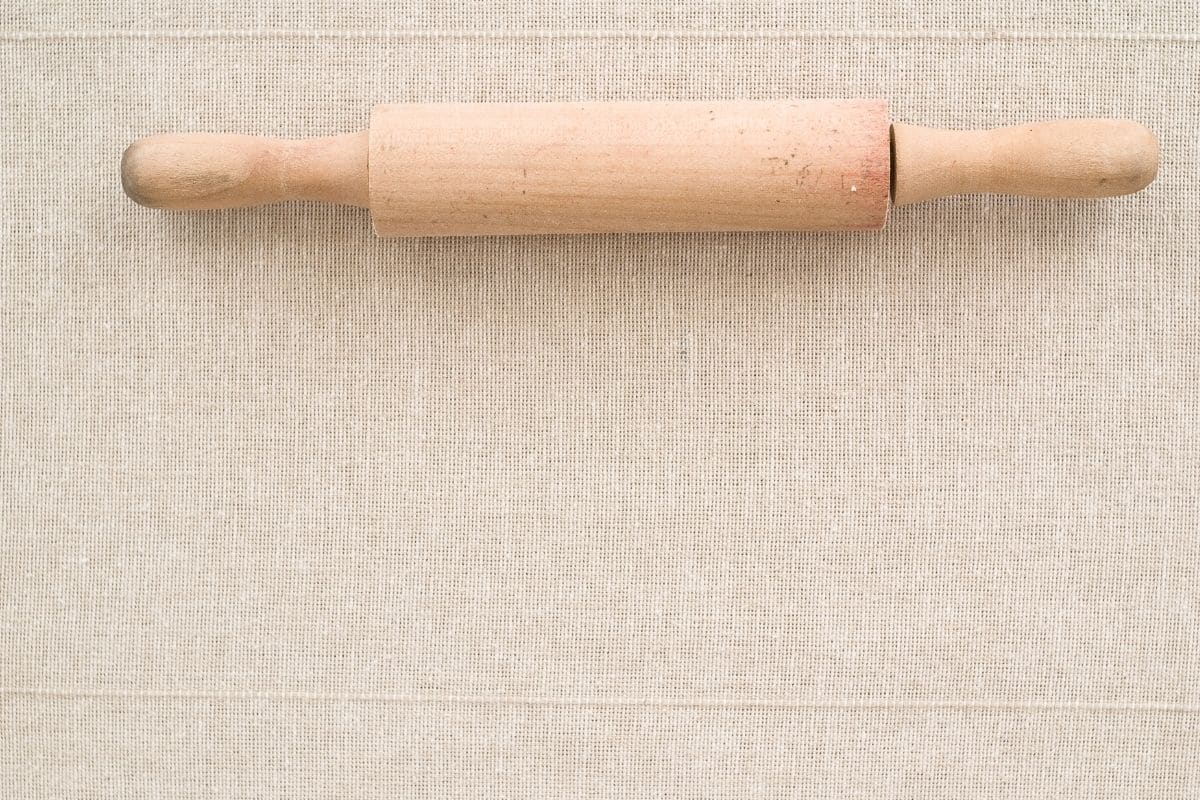
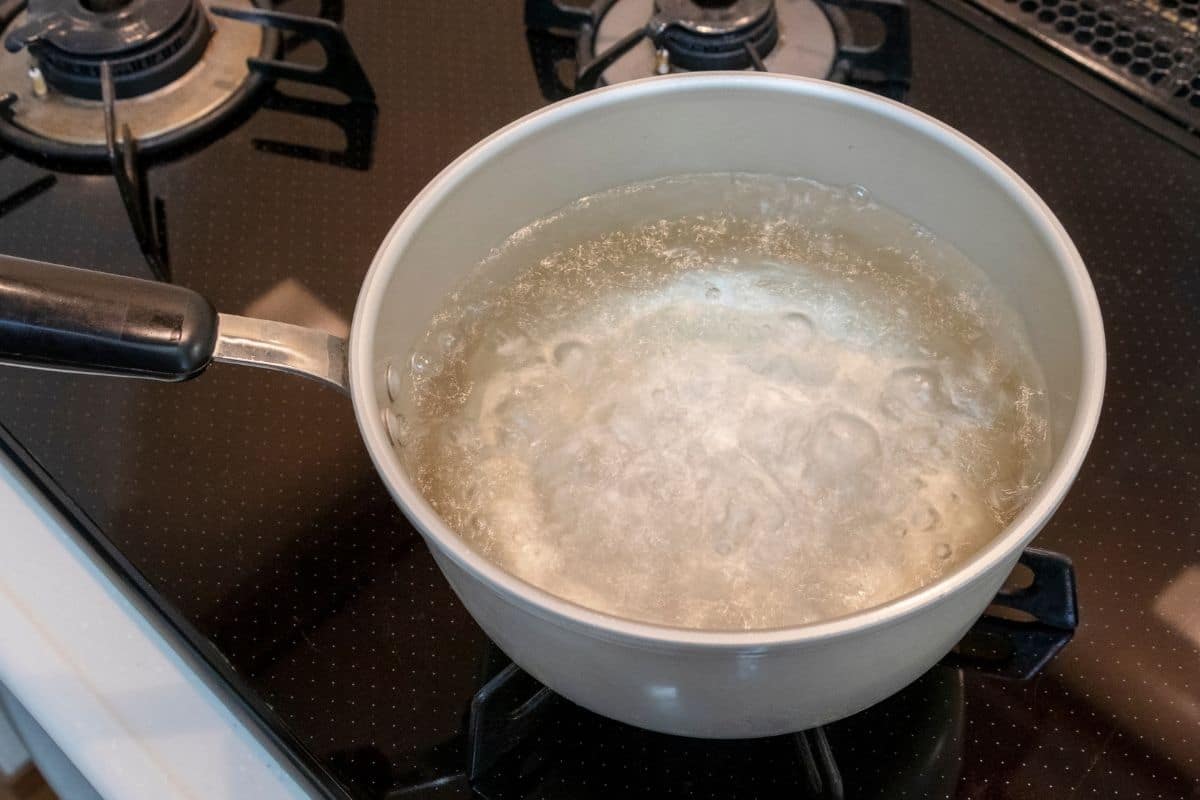
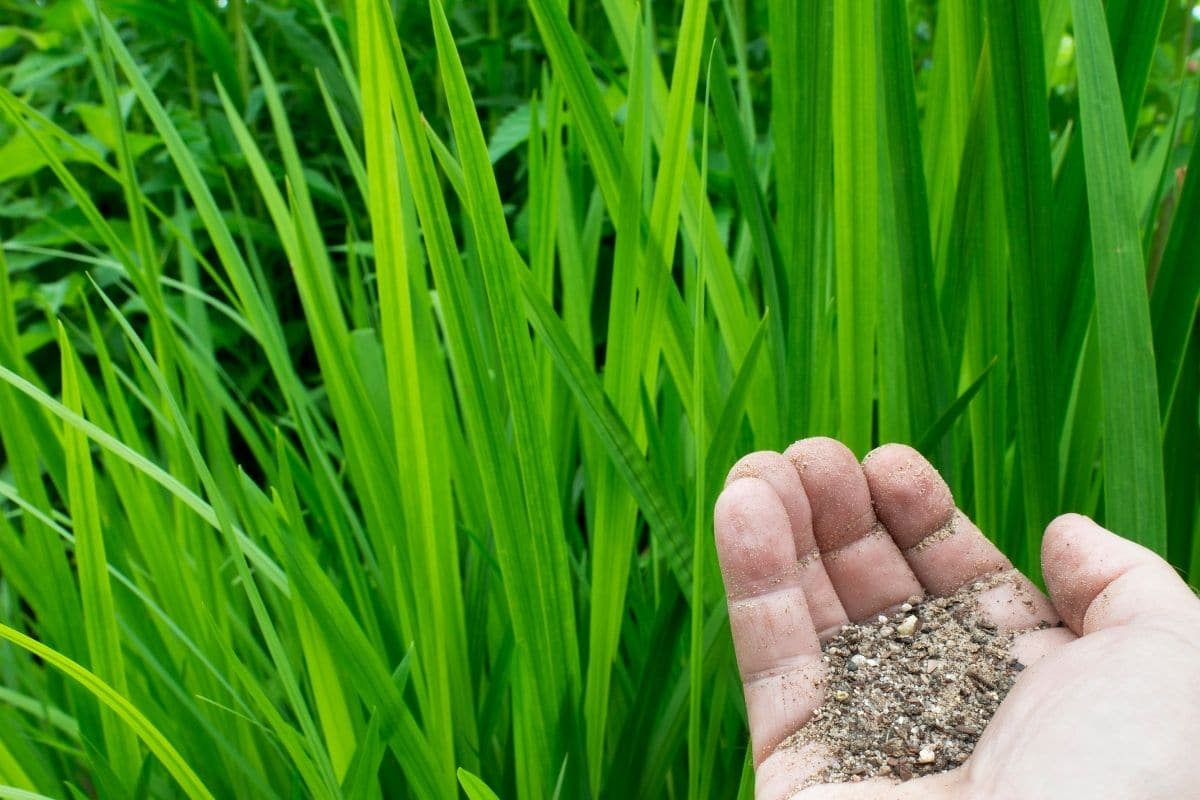
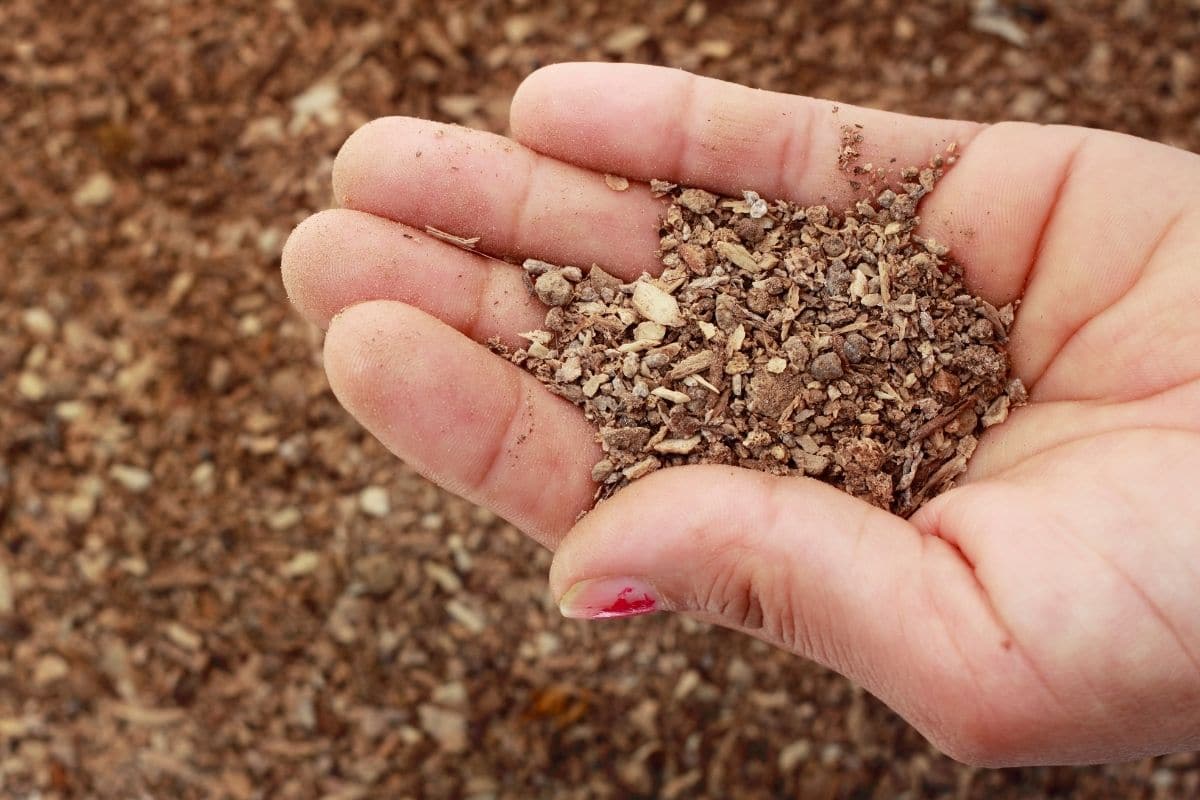

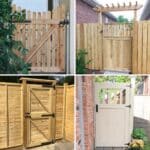
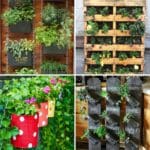

Elmera Gumayao
Thanks a lot i've learned a lot
Allen Buchanan
Thank you for this information.
This blog post is very helpful or needed for the future posts.